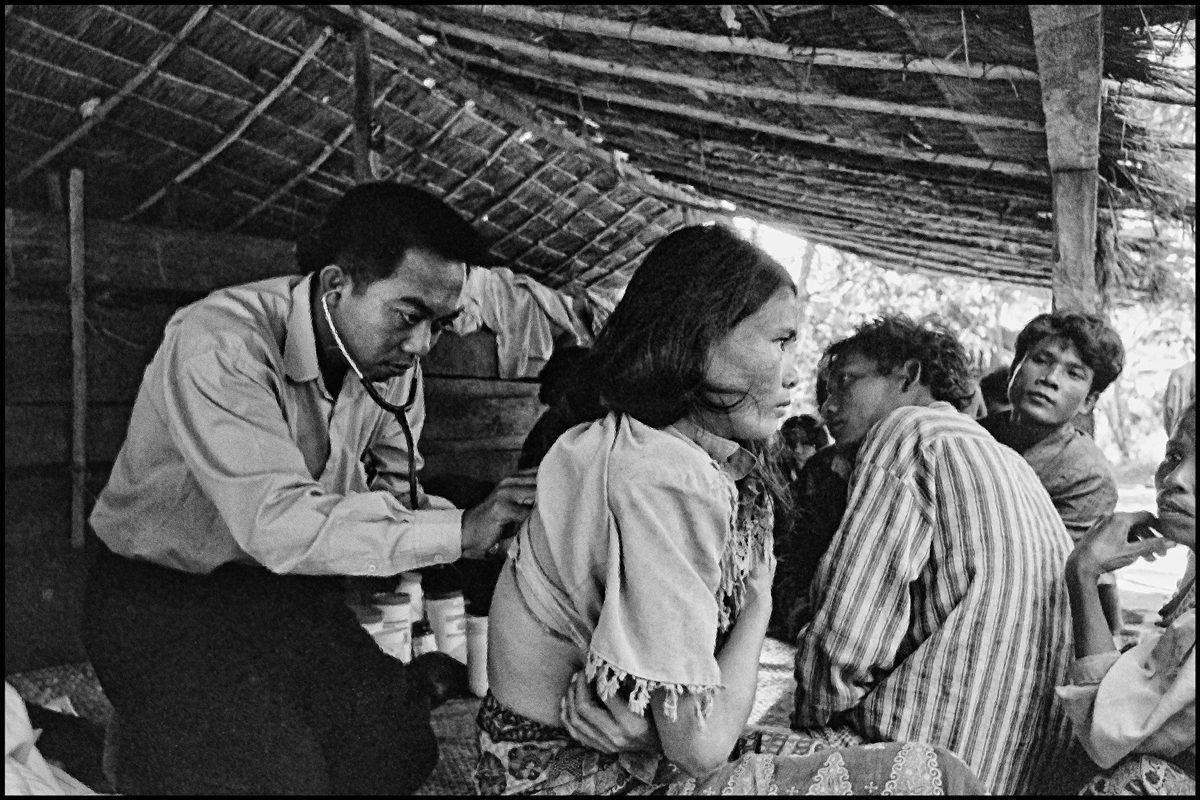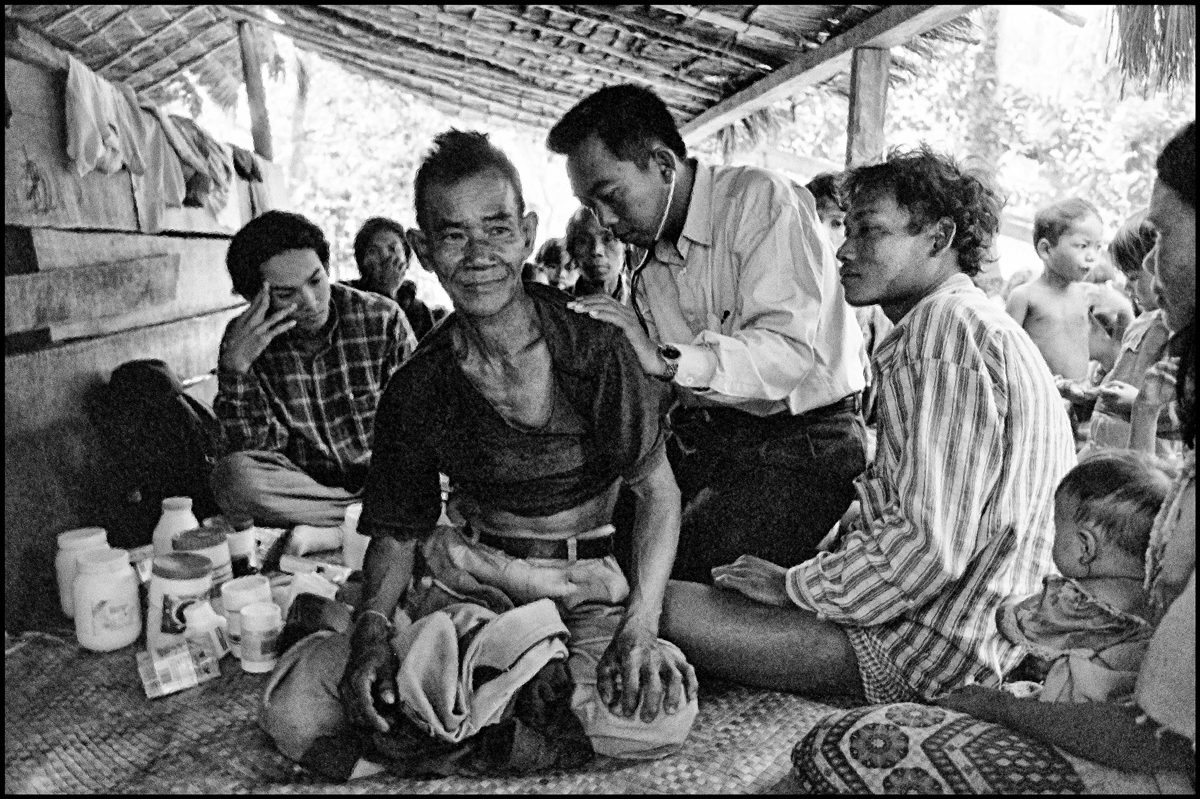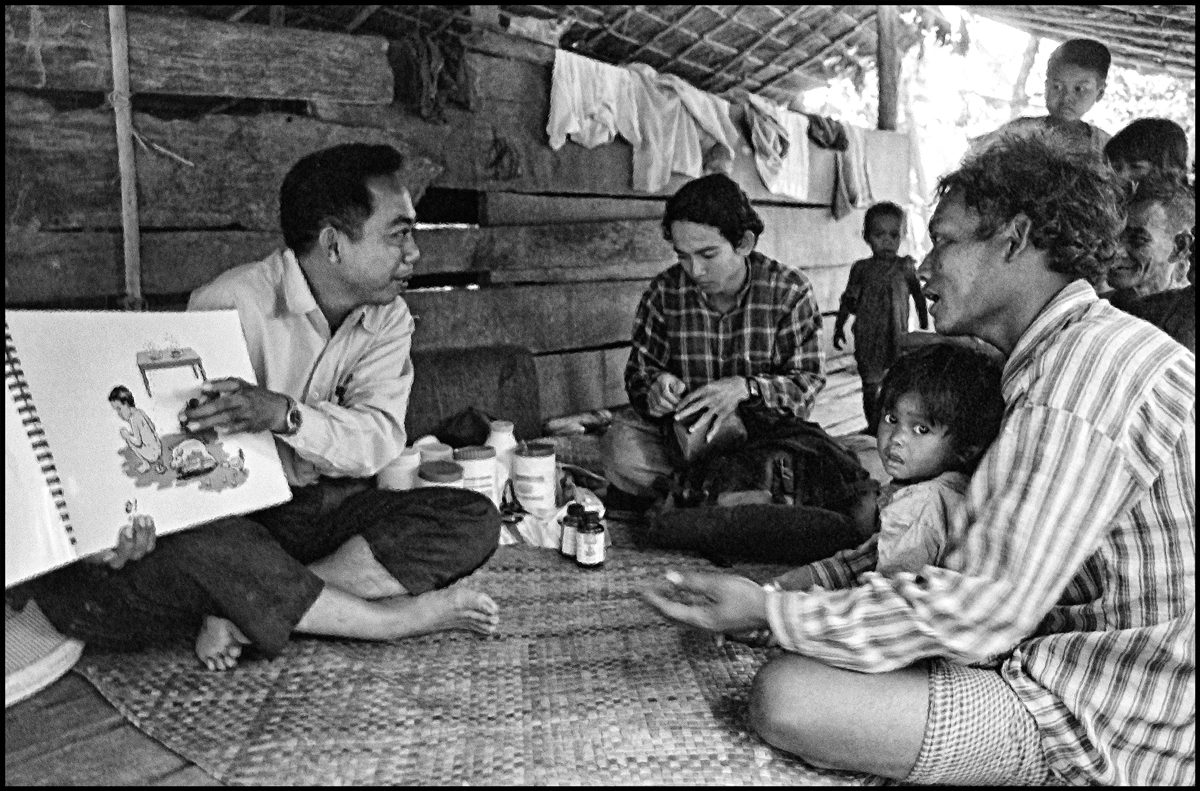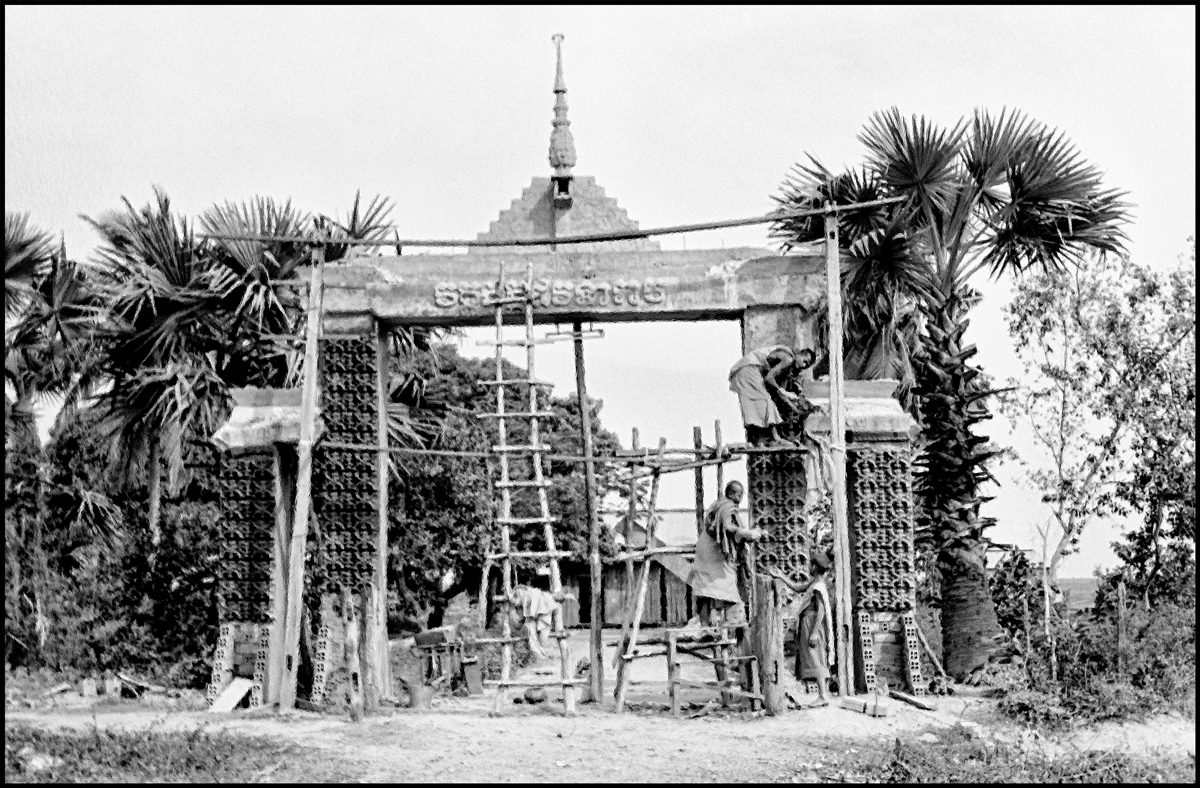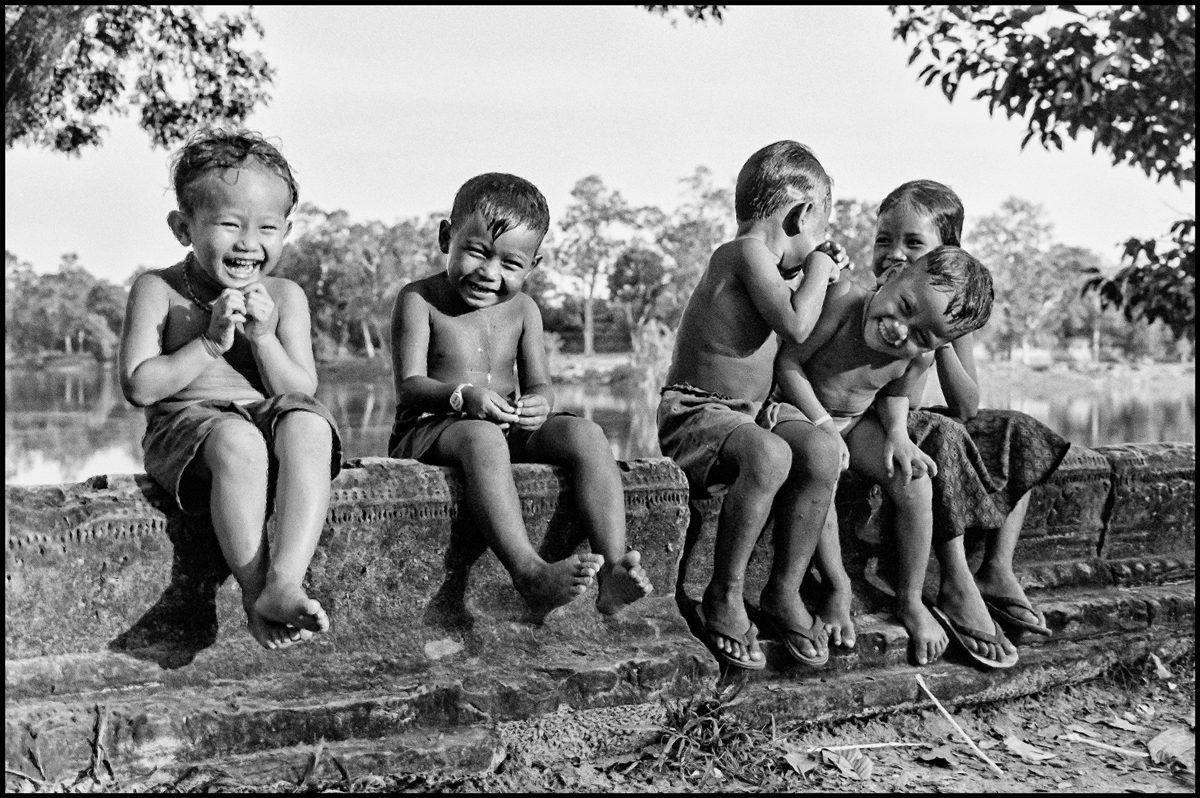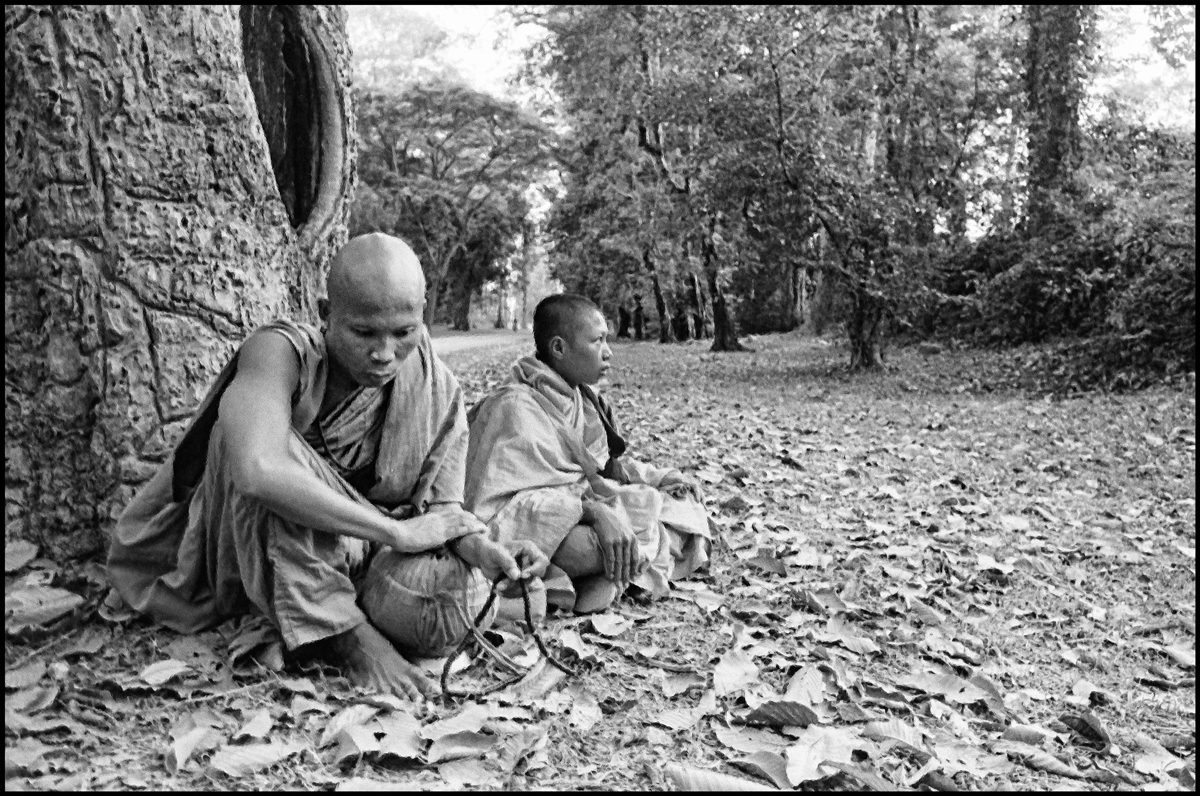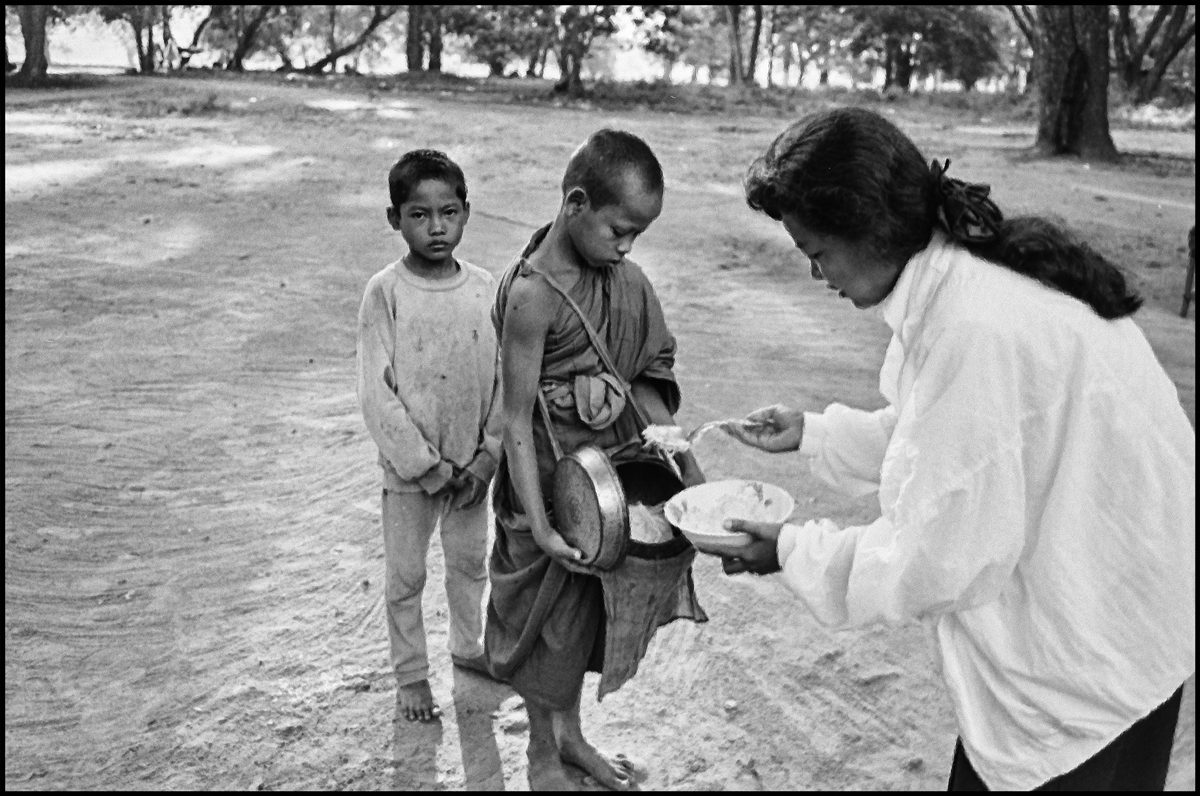Cambodia Posted On 20th June 2023 To Magazine & Stories

By Early Afternoon
In 1997, while on assignment in Thailand, someone told me that one of the Thai borders with Cambodia was open and letting some people pass by. As a freelance journalist, I realized the opportunity and as soon as I finished my assignment, investigated the possibility of going to Cambodia.
I knew that the UN Peace-Keeping Forces were in Cambodia and the Pol Pot army had mostly surrendered. But that was about it. It took me about two days to decide and prepare myself to go to Cambodia. Which I did without assignment, guides, or contact of any sort. I took a morning bus from Bangkok and arrived at the border by early afternoon. I soon found out that the army protecting it would open and close the gate at will. It took some convincing to make them give me a visa and let me cross. This process took longer than I expected and since it was too dangerous to travel by night, I spent the rest of the day and night at a border café.
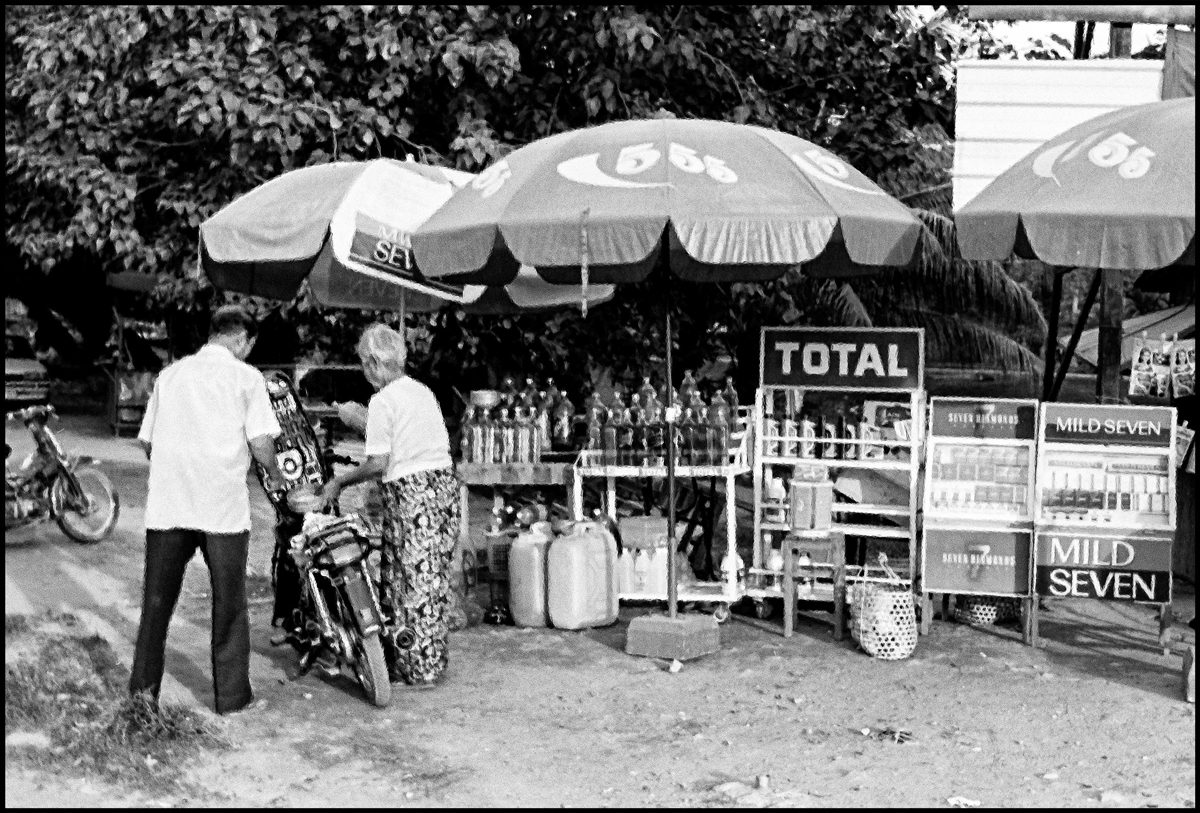
Pet bottle gas station. To deal with the country's chaotic situation and the consequent shortness of gas, Pol Pot banned motor-vehicles from circulation. Motor-vehicles began to be regarded as part of a capitalist intoxication that had to be erased. Has the dictatorship waned, the first motor-vehicles reappeared in the capital. New opportunities arose, and resourceful entrepreneurs wasted no time. Soon gas stations selling gas by the pet bottle, could be found throughout the outskirts of the city and throughout the main roads leading to it.
Trip to Siem-Reap
During the night, gun-fire could still be heard at a distance. But inside the café it was relatively tranquil. I took this chance to befriend a few locals and get an insight into the reality I was to face. The next day, on the recommendation of my newfound friends, I took the back of a truck and headed to Siem-Reap, home to the famous Angkor Temple.
The trip on the back of a pick-truck was quite uncomfortable as the roads were unkept and many of them destroyed. Along the way we were often stopped by small armed gangs that decided to get their new source of income by charging small amounts of money to let us pass. Their reasoning, as if those with guns need any, was that they should be paid for keeping the road safe. But this form of entrepreneurship was nothing compared with what I was to witness on arriving at Siem Reap.
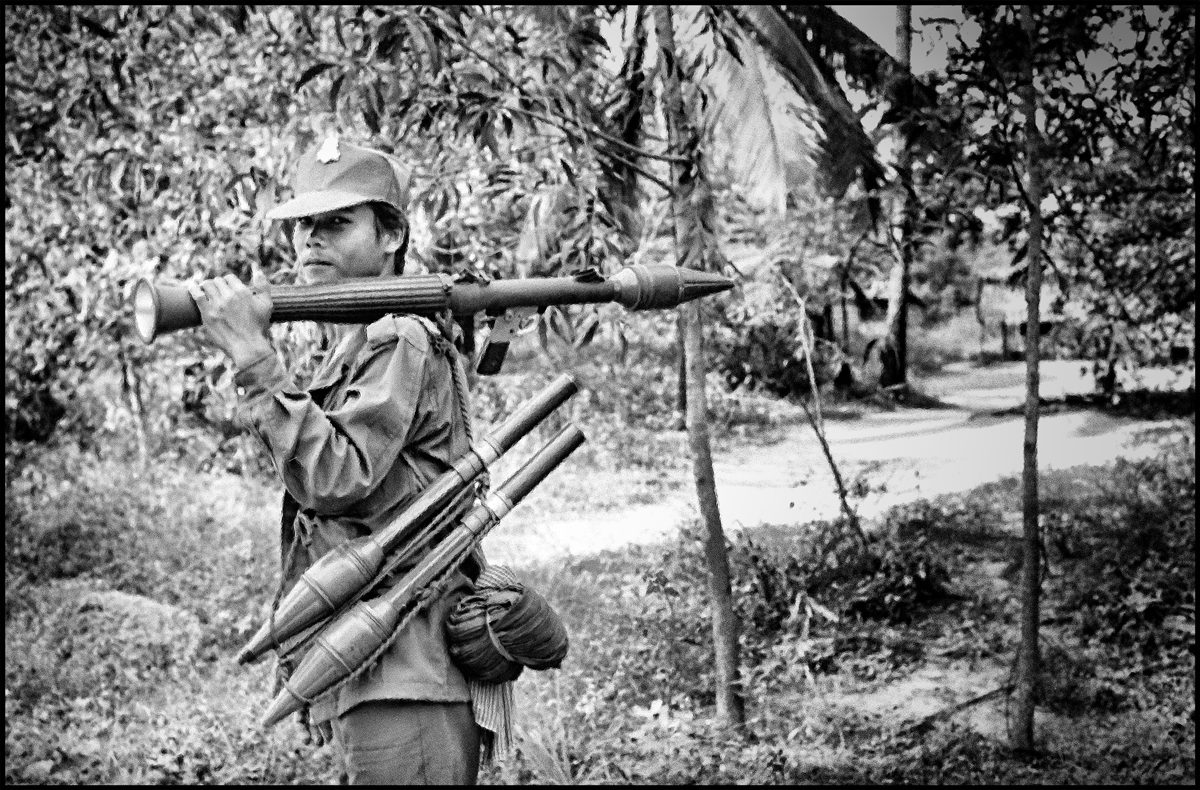
Along the road to the capital, we often faced armed groups asking small fees to use their roads.
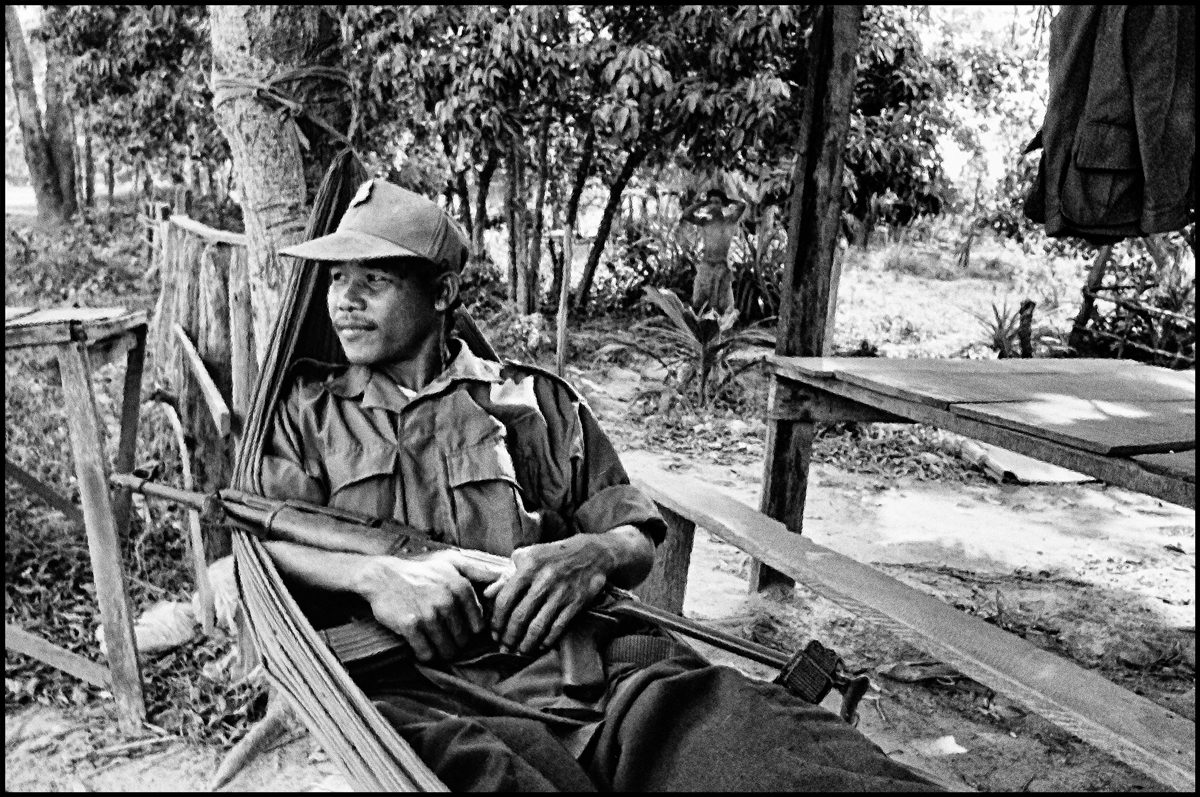
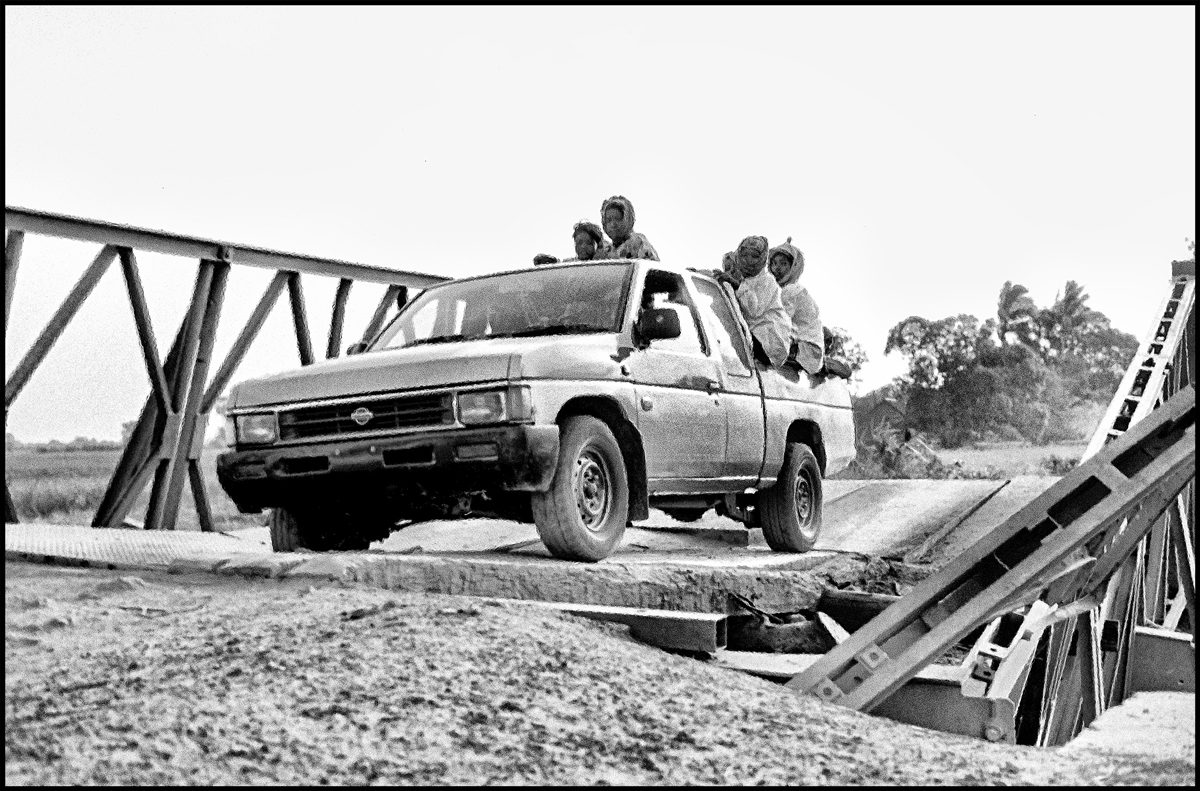
The roads were destroyed and bridges difficult to cross. The public transportation was on the back of a truck that some local entrepreneur turned into a bus.
A Prime Destination
Since the border to Angkor first opened, Siem Reap residents knew the temple complex would become a prime destination. They wasted no time in devising ways to make money they so desperately needed. Many houses were turned into guesthouses or restaurants. Those who could afford a scooter became taxi drivers. The more daring went to the black market and got unregistered tuktuks from Thailand. Even the former army station, for a small fee, welcomed those in need of long-distance calls.
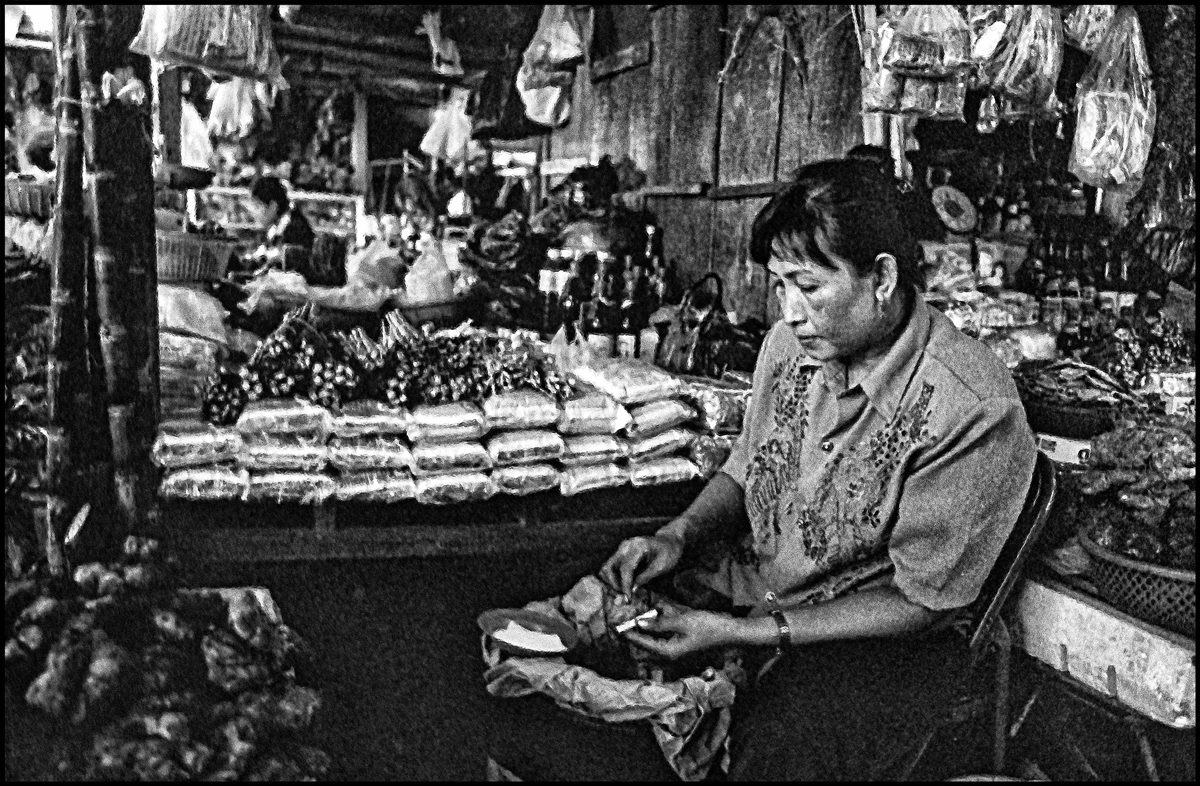
Before becoming a tourist attraction, Cambodians could buy cannabis at the market, either loose joints or in bags.
Phnom Penh
After a brief visit to the Angkor temples, I headed to Cambodia's capital, Phnom Penh. In the capital the mood wasn't as bright. The vacancy left by the old government was obvious, as the city was relatively lawless and no one trusted anyone. My best bet to proceed was to befriend rough-looking locals, which I did at a gambling spot by the river. One acquaintance led to another. In no time I got a fair understanding of the present situation and what to do to get the pictures and information I needed.
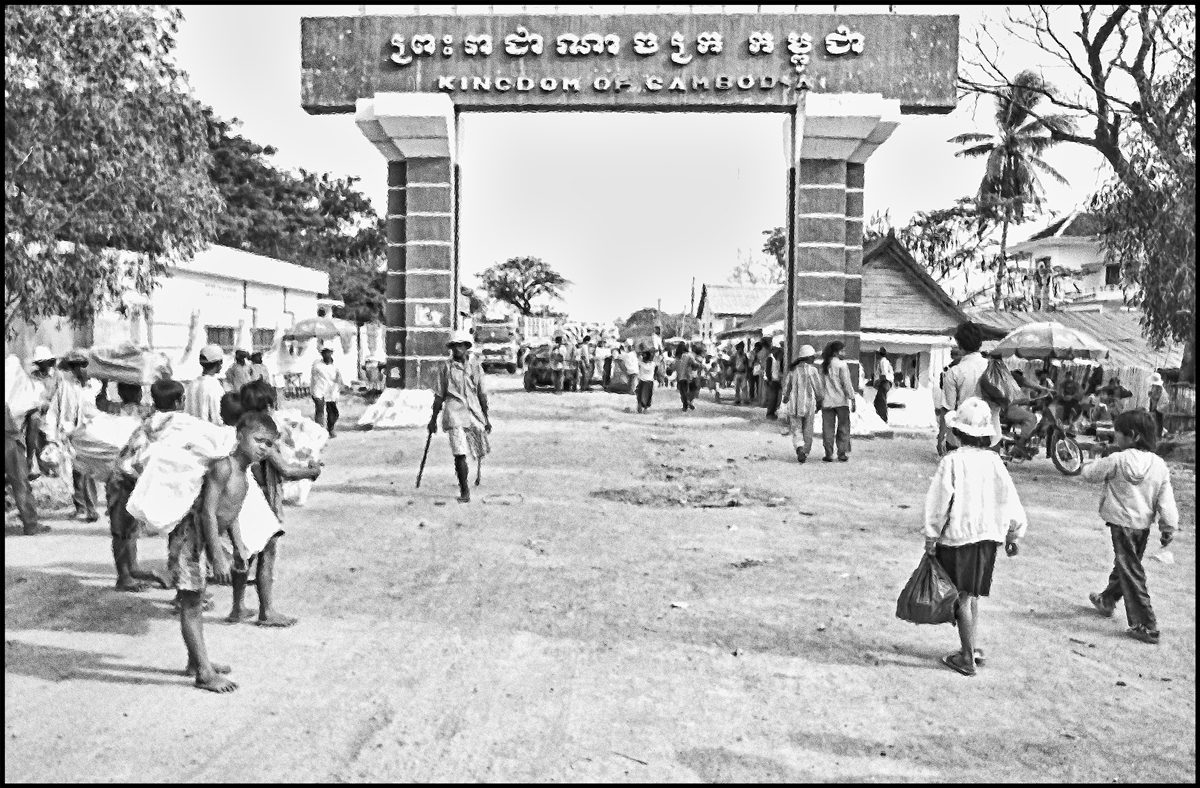
The frontier separating Thailand from Cambodia was located on the only functioning road leading to Cambodia's capital. The situation was chaotic, with only a handful of guards. Children in particular, were used as mules taking all that was illegal in and out of the country.
A Kept Secret
When interviewing doctors at Phnom Penh's major hospital about their current situation, they explained to me. 'During the Pol Pot regime, the horrors and death are well documented and understood. But we didn't have AIDS. It seems that the Peace Corps brought with them more than just hope. We now have a serious AIDS epidemic that is intentionally kept away from the press.' I was told that many young Cambodians turned to prostitution as a way to feed their families. The organizations liberating Cambodia were composed mostly of testosterone-filled young men. This combination raises suspicion and deserves investigation. But that investigation never happened, and the epidemic was kept secret.
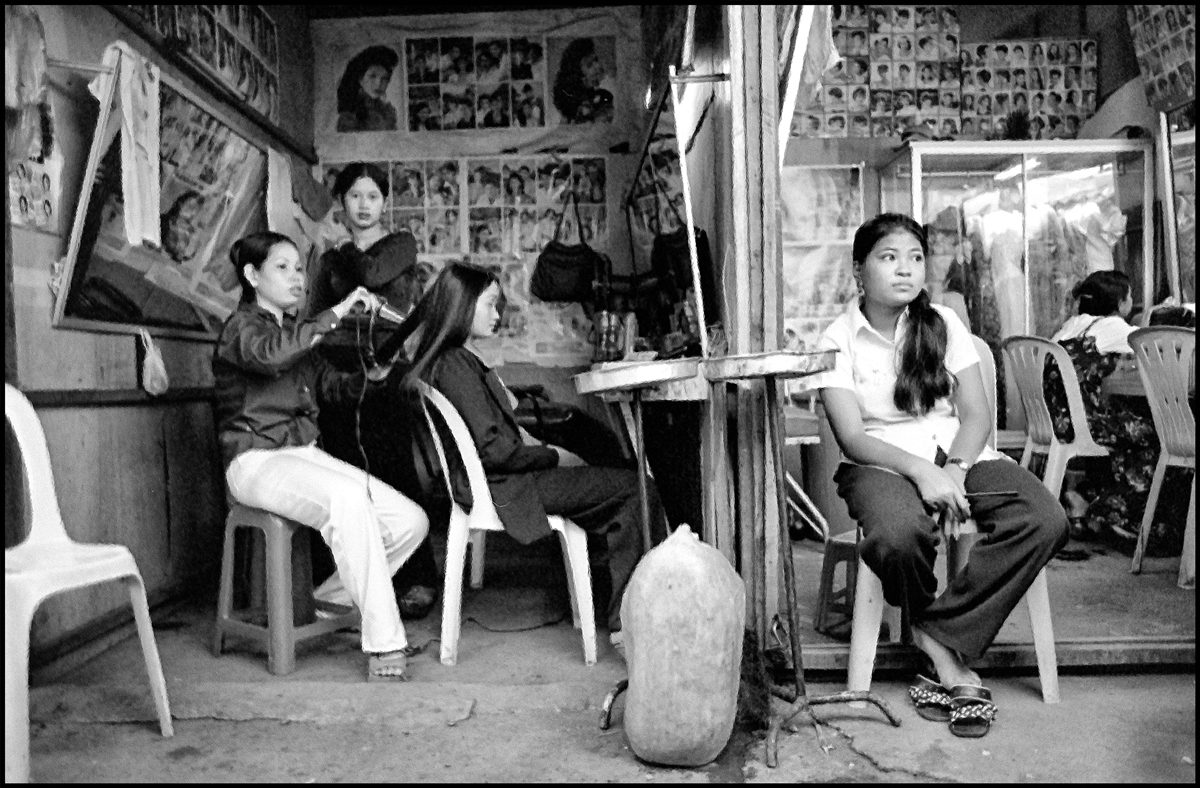
Malaria
Sixty percent of Cambodia’s landscape are regarded as malarial risk. Over one million Cambodians are malaria infected each year. Of those infected, about 10 percent in some remote provinces, die. Great efforts were made to educate those living in the most affected areas. I visited a few of those areas where doctors sporadically venture to treat patients and teach basic hygiene.
Buddhism Is Back
With the intent to create a racial 'pure' society, all past institutions had to be destroyed. Buddhists in particular were persecuted and killed. It is estimated that five out of eight monks were executed during the Pol Pot regime and temples either destroyed or turned into storage houses. In the words of a Cambodian minister (Yun Yat) in 1978, "Buddhism is dead, and the foundations of a new revolutionary culture have been laid." Now they are back and resuming their practices everywhere. Often we can find children in monks wear, as going for alms is an effective way to find food.
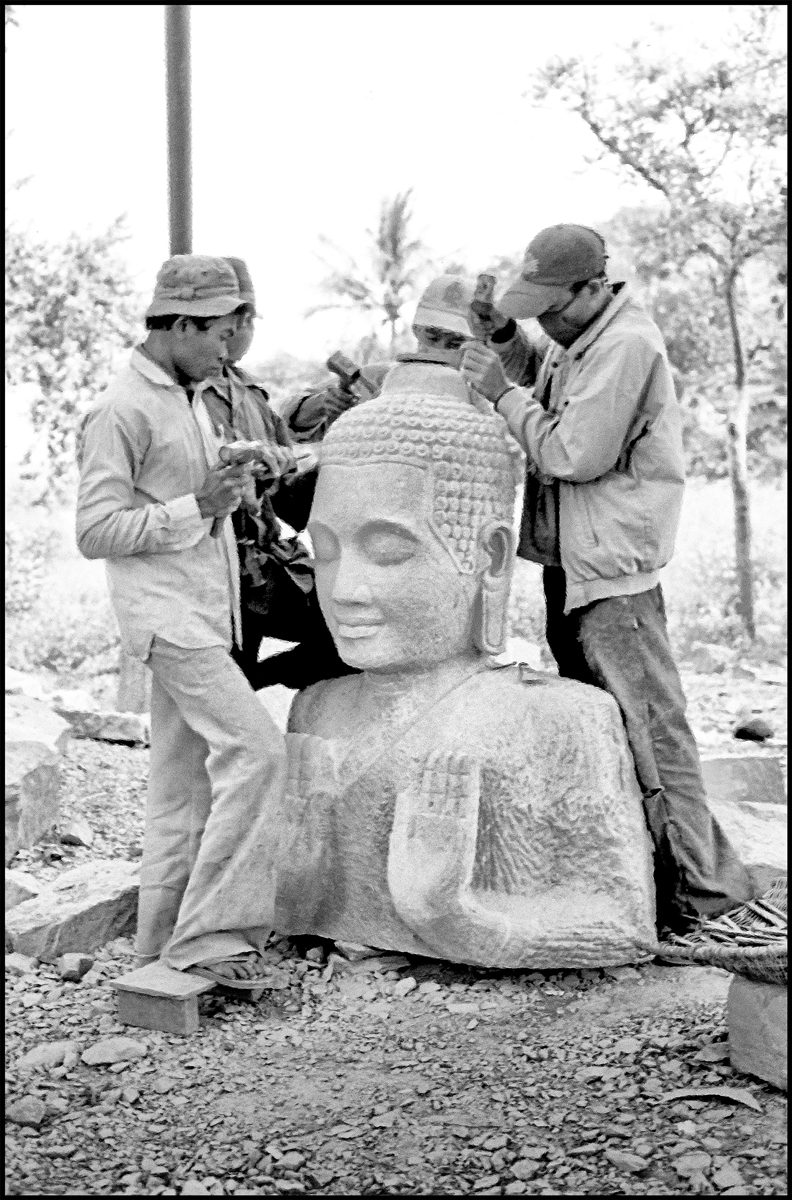
Landmines
Landmines were a major impediment to Cambodia's post-war recovery. A terror that every Cambodian had to face on a daily basis. For economic and political reasons, local and international organizations directed a special attention to the Angkor compound, where the removal of landmines was intense. Naturally, Angkor Wat became one of the first places with some degree of structure and the security it provided became highly attractive to animal pasture and to children that used it as their playground.
Rehabilitation center
Landmine survivors are mostly adults; children have their vital organs too close to the ground. In this center, which provides low-cost prostheses to amputees, the soccer ball is used as a rehabilitating device teaching balance and coordination. Hopefully, by capturing their full attention - the first step in a long process - they began to heal the mind.
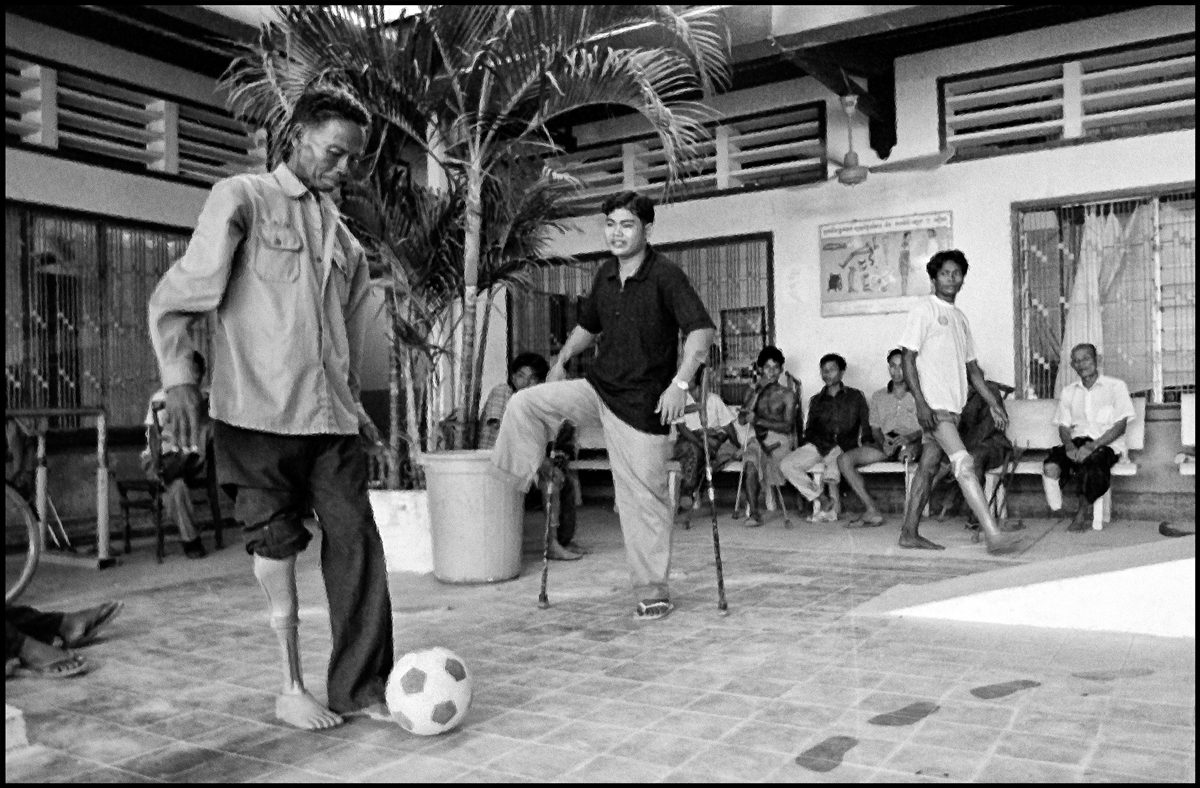
The Transitional Periods
As a freelancer, I needed a variety of interesting subjects to get magazines interested in sending me back, for more in depth reporting. Yes, I returned to Cambodia many times after that. On assignments exploiting the commercial aspect of the country. At the private level, every editor liked and was interested in the controversial and more humanistic aspects I presented. But for one or another reason, no one dared to tackle the controversies that always accompany the transitional periods of a country's history.
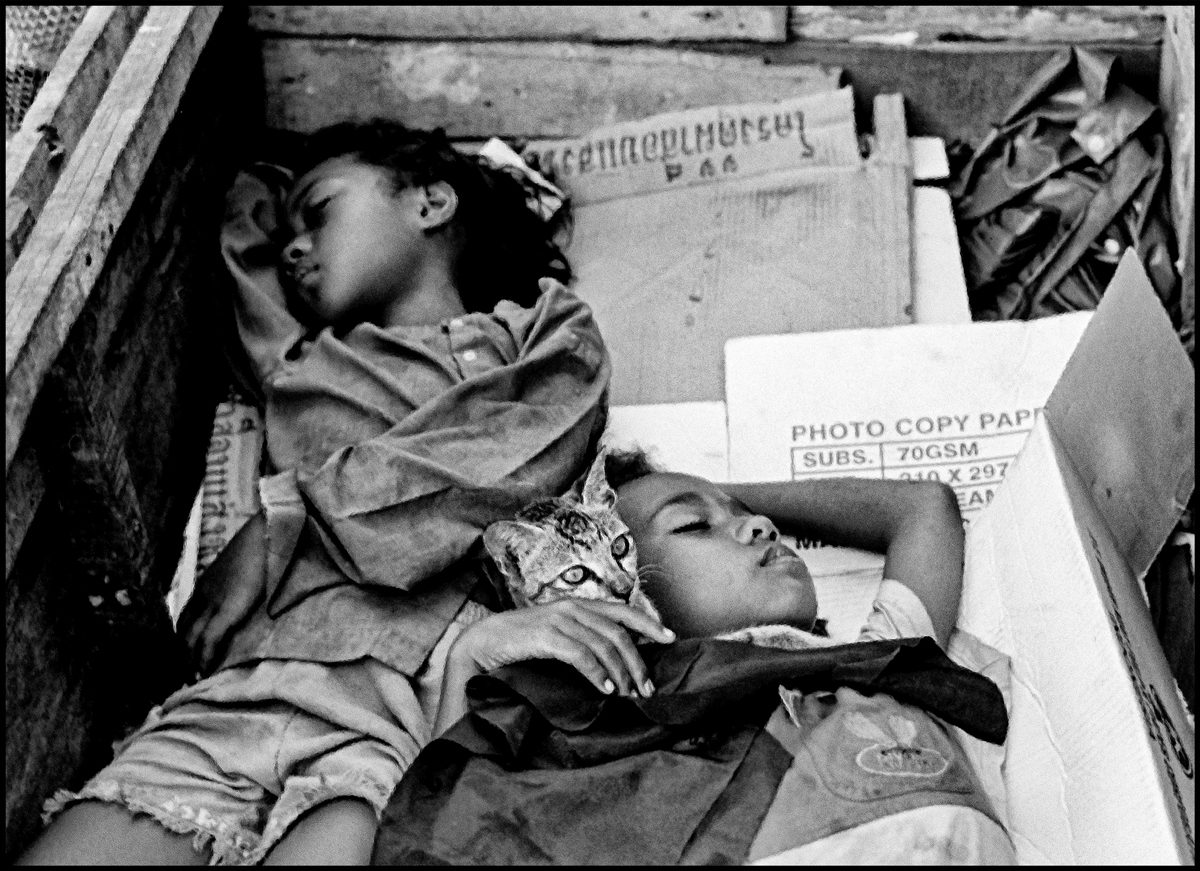
Street children sleeping in a wooden cart used to gather cardboard to be sold by weight.The father didn't want them to own a pet as it is already hard enough for him to feed his children. Afraid that a father may let the cat loose while they sleep, the child sleeps holding on to it.I like this image because with a single step we can change the perspective and project a very different story - from cute to sympathy.
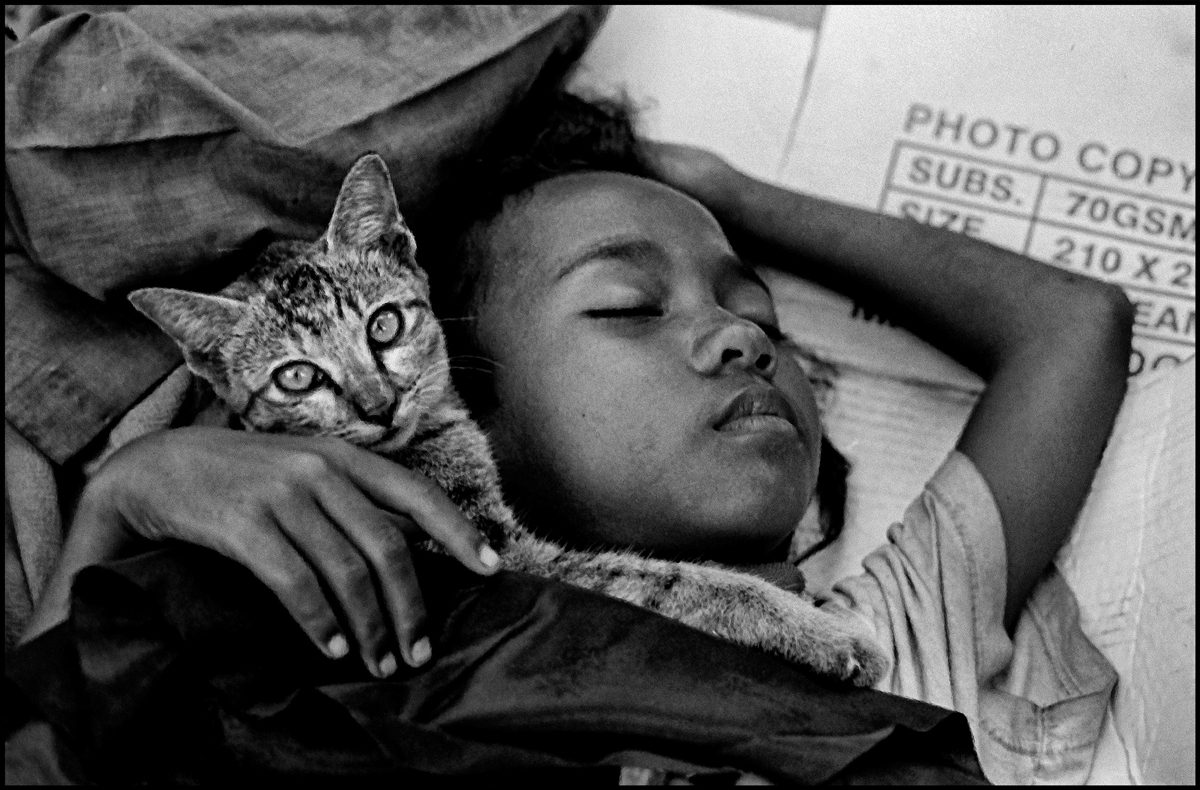
Side note
I chose to show you this project because this is one of those instances where film and manual cameras are still an advantage over digital. Without access to electricity and/or a cart loaded with batteries, all the present technology becomes useless. This project was shot with ILFORD Delta 100 and 400 films.
Images ©Manuel Bruges
About The Author

Manuel Bruges
In a natural response to the rapid changes that computer technology has brought to my work, I have done a lot of work that was not originally related to travel journalism. As a result, writing articles is a part of my job today.
Website







